
EU Battery CE Certification
After completing the conformity assessment, manufacturers can affix the CE mark to battery products.
According to European regULations, if you want to sell battery products in the European market, you must comply with CE certification requirements. CE certification refers to the necessity of meeting the European Union’s safety, health, and environmental standards. This ensures the legality and safety of your product in the European market. Therefore, if you intend to sell battery products and your target market is Europe, you need to obtain CE certification. Please note that CE certification is not limited to battery products but applies to many other products. From August 18, 2024, all battery products sold in the EU must bear the CE mark. Some battery products are subject to multiple EU regulations, and before affixing the CE mark, you must ensure that your battery complies with all relevant requirements. You can check the range of CE-marked products through the following website:
https://single-market-economy.ec.europa.eu/single-market/ce-marking/manufacturers_en
ce marking for Batteries and Cells
Safety: en62133/62619 (Batteries also require CE-emc testing)
Environmental: New battery regulations (lead, cadmium, mercury), REACH Annex 17 (SVHC Substances of Very High Concern and Annex 17 restricted substances)
Others: Labeling requirements under the new battery regulations, Declaration of Conformity (DOC), and creation and maintenance of technical documentation (conformity assessment procedures)
Can the CE mark be placed on the smallest outer packaging?
Yes, the CE mark can be placed on the smallest outer packaging. According to relevant regulations, the CE mark should be clearly and visibly placed on the product to ensure that consumers can easily identify whether the product meets EU requirements when purchasing or using it. If the product is too small to affix the CE mark directly, the CE mark can be placed on the packaging, but it must be clearly visible on the packaging material to avoid affecting consumers' judgment of the product.
The height of the CE mark must be at least 5mm, and the waste bin symbol must be no smaller than 0.47 x 0.47 cm.
There are specific size requirements for the CE mark: the height of the CE letters must be at least 5mm, and the total length of the CE letters must not exceed 12mm, with the width of the letters no less than one-fifth of their height. The thickness of the CE mark must be at least one-fifth of its height, with the outer radius being 10mm, and the inner horizontal bar must cover at least 80% of the outer radius (i.e., 8mm).
To ensure the fairness of market surveillance actions, monitoring of the CE mark is carried out by public bodies in member states in cooperation with the European Commission.
EU Declaration of Conformity (eu doc)
The CE mark does not have an expiration date. However, the EU Declaration of Conformity (EU DoC) requiRED for the CE mark must be kept up to date. If any information in the EU DoC changes, such as regulations, products, or the manufacturer's or authorized representative’s contact details, the declaration must be updated accordingly.
The EU Declaration of Conformity (EU DoC) is a mandatory document in which the manufacturer or their authorized representative within the European EconoMIC Area (EEA) states that the product complies with all the essential requirements of the relevant EU regulations applicable to the specific product. Regardless of whether a notified body is involved, the manufacturer must draft and sign this EU Declaration of Conformity. Once signed, the manufacturer assumes full responsibility for ensuring that the product complies with applicable EU legislation.
The EU DoC must be signed by a person working for the manufacturer or their authorized representative and should specify the employee's role.
For battery products, the declaration should include the following information (see EU Battery Regulation (EU) 2023/1542, Annex IX):
1. Model of the battery product (product, category (e.g., LMT, LSI, EV, IND, etc.), and batch or serial number);
2. Name and full address of the manufacturer or their authorized representative;
3. A statement that the manufacturer is solely responsible for the declaration;
4. Identification of the product (description and traceable identification of the battery, including, where applicable, an image of the battery);
5. Relevant EU regulations that the product complies with: ...... (reference applicable Union legislation);
6. Relevant harmonized standards or other technical specifications related to conformity assessment that apply to the battery product;
7. Notified body (name, address, identification number) ...... carried out ...... (description of assessment) ...... and issued a certificate: ...... (details of the certificate, including the date and, where applicable, its period of validity and conditions for validity);
8. Additional information: name of the company signing the declaration, the location and date of issuance, the name and position of the signatory, and their signature.
For battery products manufactured outside the EU, importers must ensure that the product is accompanied by the EU DoC and retain a copy of the document for 10 years after the product is placed on the market.
Moreover, the EU Declaration of Conformity must be translated into one or more of the official languages required by the EU country where the product is sold.
Email:hello@jjrlab.com
Write your message here and send it to us
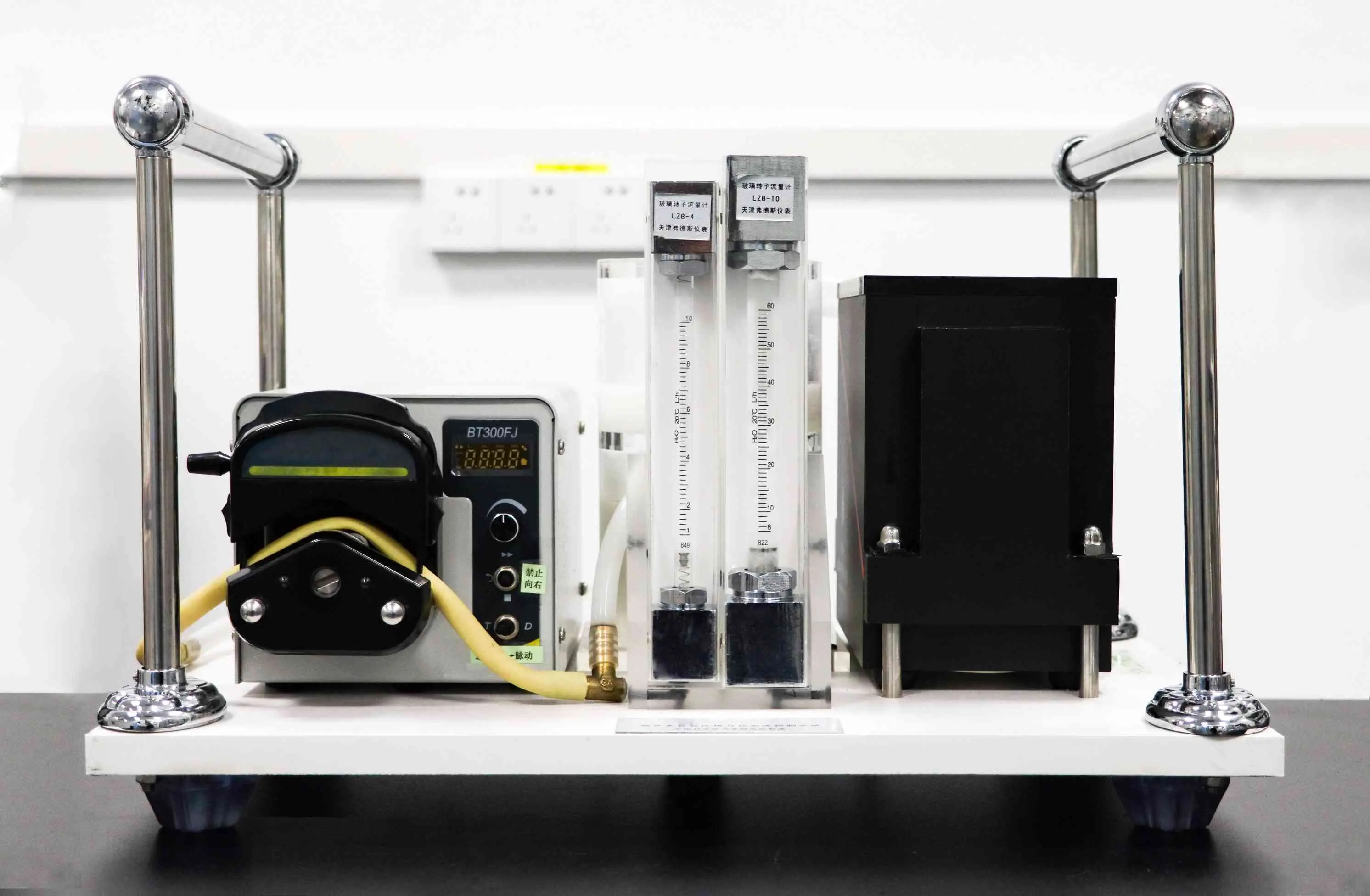 LFGB Food Contact Material Testing for Silicone Ki
LFGB Food Contact Material Testing for Silicone Ki
 Guide to Applying for Australian RCM Certification
Guide to Applying for Australian RCM Certification
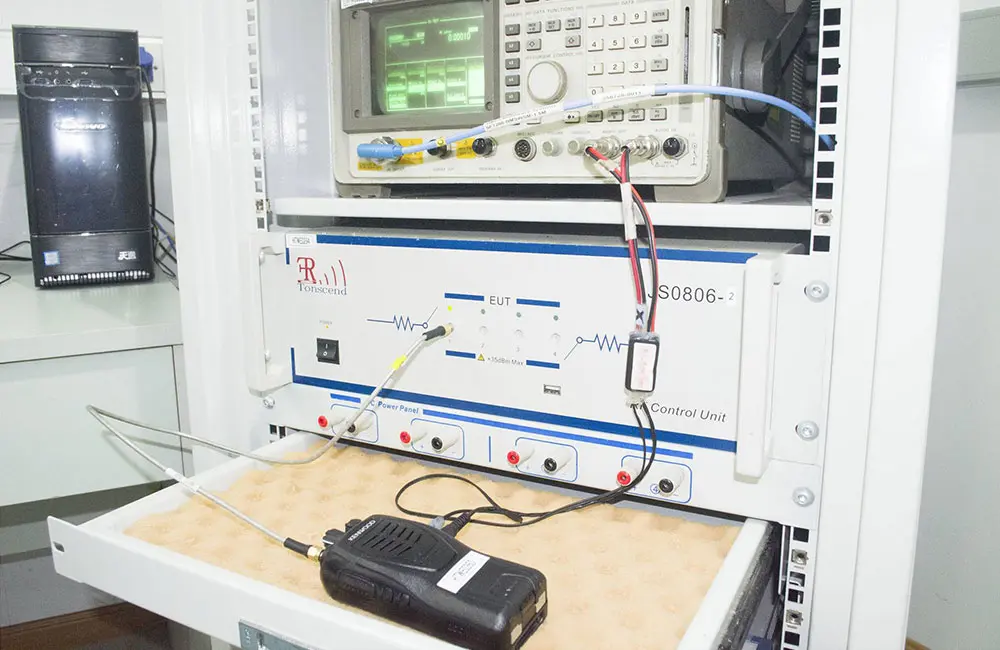 UL 1598 Luminaire Safety Test Items and Procedures
UL 1598 Luminaire Safety Test Items and Procedures
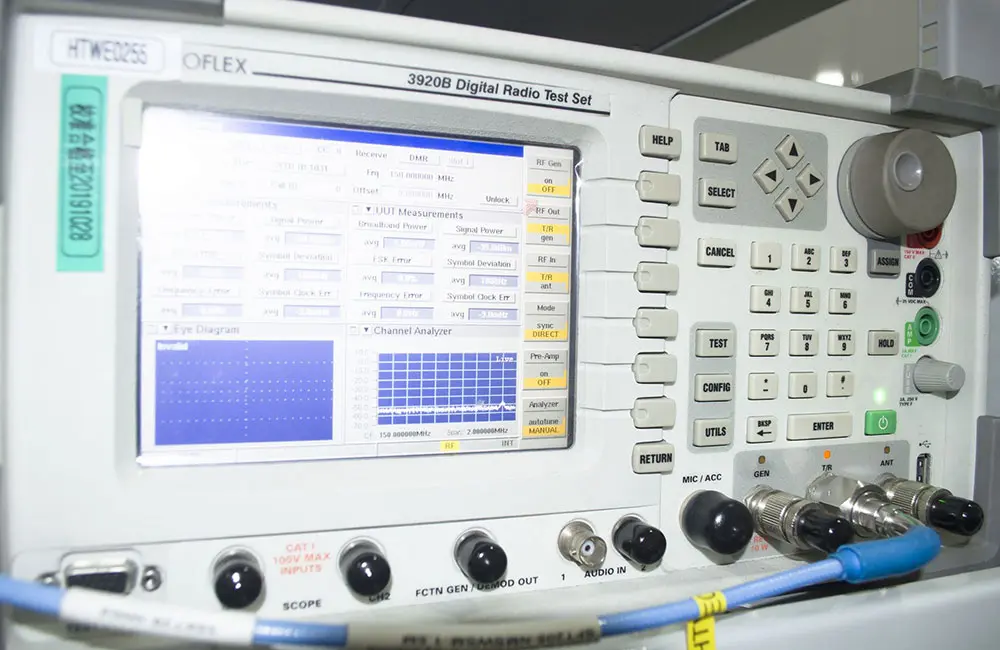 Introduction to UL 60745-1 Test Items
Introduction to UL 60745-1 Test Items
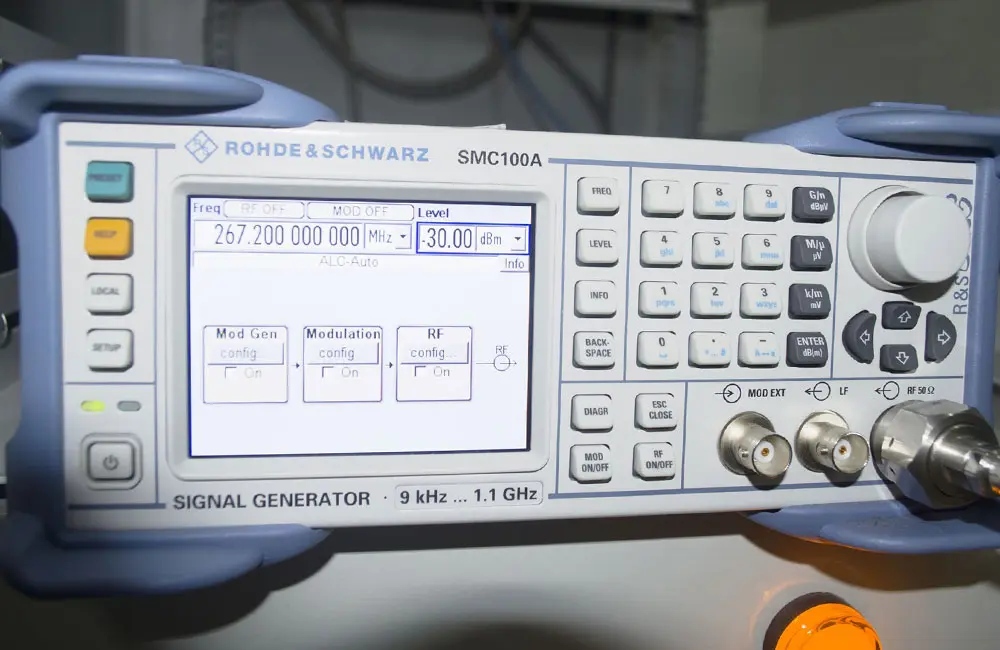 EU GPSR Certification Test Items and Processes
EU GPSR Certification Test Items and Processes
 Introduction to EU RoHS Test Items
Introduction to EU RoHS Test Items
 Introduction to IP68 Testing Standards and Methods
Introduction to IP68 Testing Standards and Methods
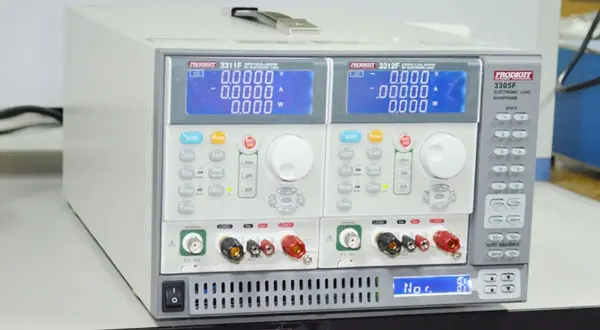 CE-RED Certification Test Process for Wireless Pow
CE-RED Certification Test Process for Wireless Pow
Leave us a message
24-hour online customer service at any time to respond, so that you worry!




